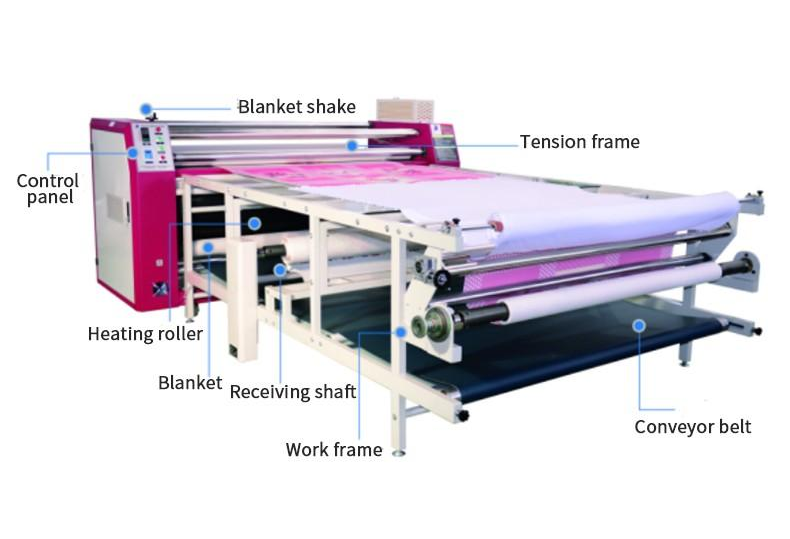Classification of Transfer Printing and Printability of Color Printing Ink(1)
September 30,2022
Transfer printing refers to a printing method that presents irregular undulations on the surface of some substrate, or has formed objects, or soft materials that are not convenient for printing on the printing machine. To print images and characters on the surface of these substrates, images and characters must be printed on a material called an intermediate transfer carrier first, and then transferred to the substrate by some methods, such as heating, wetting, pressure, etc., to finally form a print.

Transfer printing classification
Transfer printing is classified by transfer mode, including direct transfer printing and indirect transfer printing. Direct pad printing is to use the pad printing head on a special pad printing machine to absorb the ink on the concave plate and then transfer it to the substrate. It is mainly used for irregular concave-convex containers, small decorations, toys, and tableware. Indirect transfer printing is to use special transfer paper or transfer film to print the pattern first, and then transfer it to the substrate. It is mainly used for ceramic decal printing, textile printing, commodity label printing, etc. According to transfer technology, there are wet transfer, thermal transfer, and pressure transfer.
Application scope of transfer printing
Transfer printing has a wide range of applications. First of all, its printing materials are not only different in shape, but also diverse in materials. Some irregularly shaped containers, children's toys, furniture, trademarks, and other daily necessities such as ceramics, glass, plastics, textiles, and leather are widely used for printing. Transfer printing can almost make up for the printing of various materials that can not be printed by many curved surface printing. Except that direct transfer printing is performed on a dedicated transfer printing machine, other transfer printing is offline printing, that is, the intermediate transfer carrier and the carrier are independent of each other, and they do not affect each other's processing. Because transfer printing can be applied to flat or irregular concave and convex surfaces, such as multi-segment, multi-curved surfaces, and polygonal planes, and can realize multicolor fine printing, it also plays an important role in the field of packaging printing.
Direct pad printing
Direct transfer printing is based on the principle of intaglio printing, that is, after all the intaglio plates are coated with printing ink, the ink on the blank part of the convex surface is cut off with a scraper, and only the ink on the pattern part of the concave surface is left, and then the ink is stuck out with the pressure of the transfer head made of silicone rubber, and then transferred to the substrate. The pad printing machine is the main equipment of pad printing, in which the pad printing head plays the role of transfer printing. Therefore, the pad printing plate, pad printing head, and pad printing ink constitute the three major elements of the pad printing process, and the pad printing process is automatically completed by the pad printing machine. On the premise that the pad printing plate and pad printing head are determined, the quality performance of pad printing ink becomes the decisive factor of the pad printing effect.
For more information about Wholesale heat transfer printer machine, sublimation transfer printer factory, china sublimation transfer printer, plz feel free to contact us.